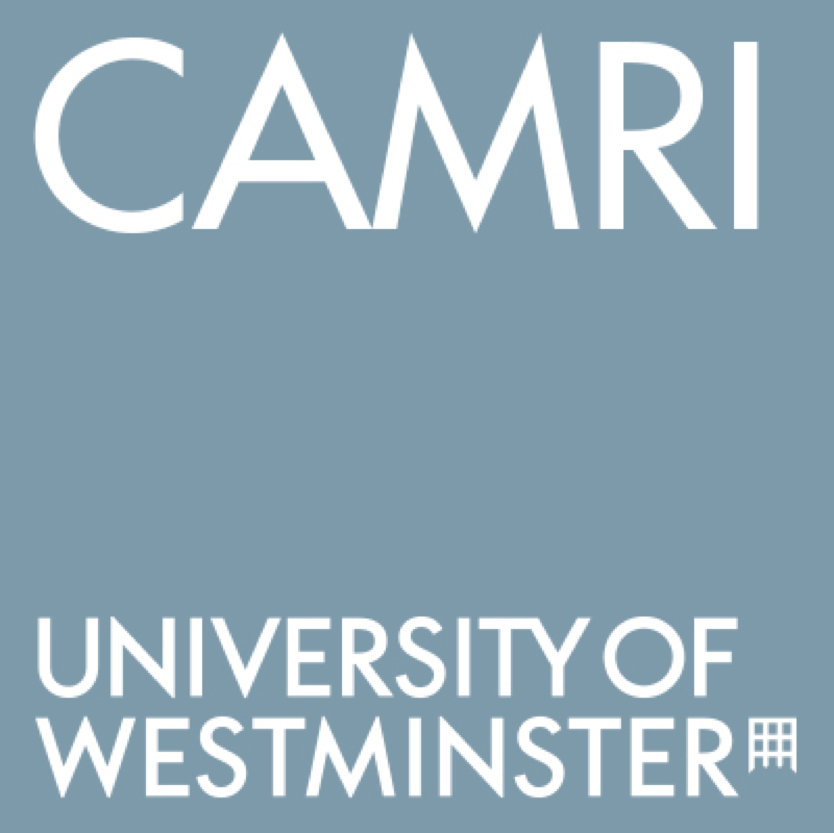The RAJAR MIDAS Spring 2018 survey and its subsequent analysis by @JamesCridland published in Medium throw up some interesting stats and findings that complement our own recent research for the British Council.
Twenty years ago, radio was characterised by narrow definitions dependent on AM/ FM analogue output, and restricted access to the means of production, as determined by institutions such as the BBC and the commercial sector. Since then, there has been a revolution in sound, a process that has revitalised the sector and removed the traditional barriers to entry. And as confirmed in today’s RAJAR Q1 2018 report, by a whisker (50.9%), digital radio now pulls a larger share of the listening audience than analogue.
Radio listening is fragmenting in an era of more devices, platforms, and choice. Indeed, the very definition of what constitutes ‘radio’ is also shifting, to include audio and other digital artefacts.
New technologies and devices are changing listening habits and will continue to do so. For instance, the impact of voice-activated speakers is beginning to be registered. Though as MIDAS confirm, whilst 54% of all smart speaker listening is to linear radio, smart speaker listening accounts for just 2.8% of total linear radio consumption by device. With traditional analogue radio device listening still leading the pack by some margin (54%), smart speaker listening pales into insignificance for the time being. However, voice activated speakers have made an impact on listening figures for digital radio as a whole, which has now pushed passed the audience listening to FM. It remains to be seen when the Government might start to consult on a realistic timetable for a switchover to DAB for terrestrial UK radio.
As our research shows, previously recognised ‘tribes’ and groups of listeners are changing, along with their listening habits, particularly for the younger age range. Stations that rely on young audiences for linear, live listening are offering more content on different platforms (such as social media, listen again and podcasts), in the hope of replenishing their listeners.
Indeed, as the MIDAS survey finds, the differences in listening habits is starkly unique: 15 – 24-year-olds’ highly social, group listening of linear radio contrasts with the individual listening preference of the overwhelming majority of podcast listeners, the latter a lean-forward experience for those who’ve scheduled specific, personalised listening into their day.
Concurrent to this is the emergence of small, independent, hyperlocal stations, many of them broadcasting online, so not tied to regulated licences. These stations have developed different business models and methods of grassroots engagement.
The majority of people working in the traditional radio industry come with degrees, post-graduate and vocational qualifications. The new generation of hyperlocal stations offers more diverse routes into production.
There is evidence that there is much less opportunity for specialism at school and college level; audio skills teaching is now integrated across broader digital and media disciplines.
There are opportunities offered for short course training through industry-sponsored schemes, e.g. the academies run by the BBC, Bauer, and Global.
Young peoples’ career end goals tend to drive a polarity in experience. Those seeking a route into music presentation and production with the BBC or commercial radio are often found in the student radio environment at universities and colleges. Those interested in a more diverse range of output, such as DJ-ing and music content, speech-based podcasts and multi-platform journalism, can now find experience in community radio and online stations, as well as for content providers more generally.
Funding opportunities to finance working with young people are increasingly limited as grants and subsidies have been eroded. Working with brands, through sponsorship and partnership, seems to be replacing these revenue streams. But as the RADAR/ Nike experience demonstrates, the young audience is resistant to blatant advertising and product placement.
Our research considered a range of different models that have emerged. There are various divergent approaches to delivering audio and radio, from the small, hyperlocal stations, to platforms that showcase a variety of digital content. These operations demonstrate engagement with their audience, and training with young people, with a range of needs and abilities. It is also noteworthy that the radio/ audio content embraces speech as well as music, and at the centre of it, there is a passion for telling stories and reflecting human experience.
Above all, these case studies demonstrate that young people have the tools at their disposal to tell their stories and broadcast them: the former entry barriers into the radio/ audio world have come down.
Photo by Alexey Ruban on Unsplash












